Red mullet fillets in parcel

The following carefree recipe is full of flavours from the South of France. Red mullet is the Mediterranean choice of small fish fillets for this dish but other small fish fillets could also be used.
Tapenade, black olive paste, is an essential ingredient in the recipe. If you don’t have tapenade in your area, it is easy to make. In a food processor, combine a handful of best-quality pitted black olives, 1 tbsp. capers and 1 tbsp. olive oil. Process into a paste. Add more olive oil if the paste seems dry. The paste does not need to be wholly smooth.
2 servings
About 250 g red mullet fillets
A small jar of tapenade
1 fennel
2- 3 tbsp. olive oil
Two handfuls of baby spinach leaves
A handful of cherry tomatoes
1 garlic clove, minced
Fresh basil leaves
Wash and slice the fennel. Place in a microwave dish with a splash of water and microwave until soft.
Preheat the oven to 200° C.
From baking paper, cut two large pieces, about 40 x 40 cm. Divide the fennel in the centre of the papers and place half of the fish fillets on top. Add a generous teaspoon of tapenade on each red mullet fillet and top with the rest of the fillets. Fold the parcels tightly and bake for 10 minutes.
Meanwhile warm 1 tbsp. olive oil in a large casserole over medium heat and sauté the garlic for a few minutes. Add the spinach and sauté until wilted. This takes only a couple of minutes.
Wash the cherry tomatoes and cut into halves.
When the fish is done, remove the parcels from the oven and place directly n the plates. Open them and arrange the paper nicely. Divide the spinach on the side and scatter the cherry tomato halves on top. Sprinkle with some olive oil and decorate with basil leaves. Serve the parcels with some good country bread.

















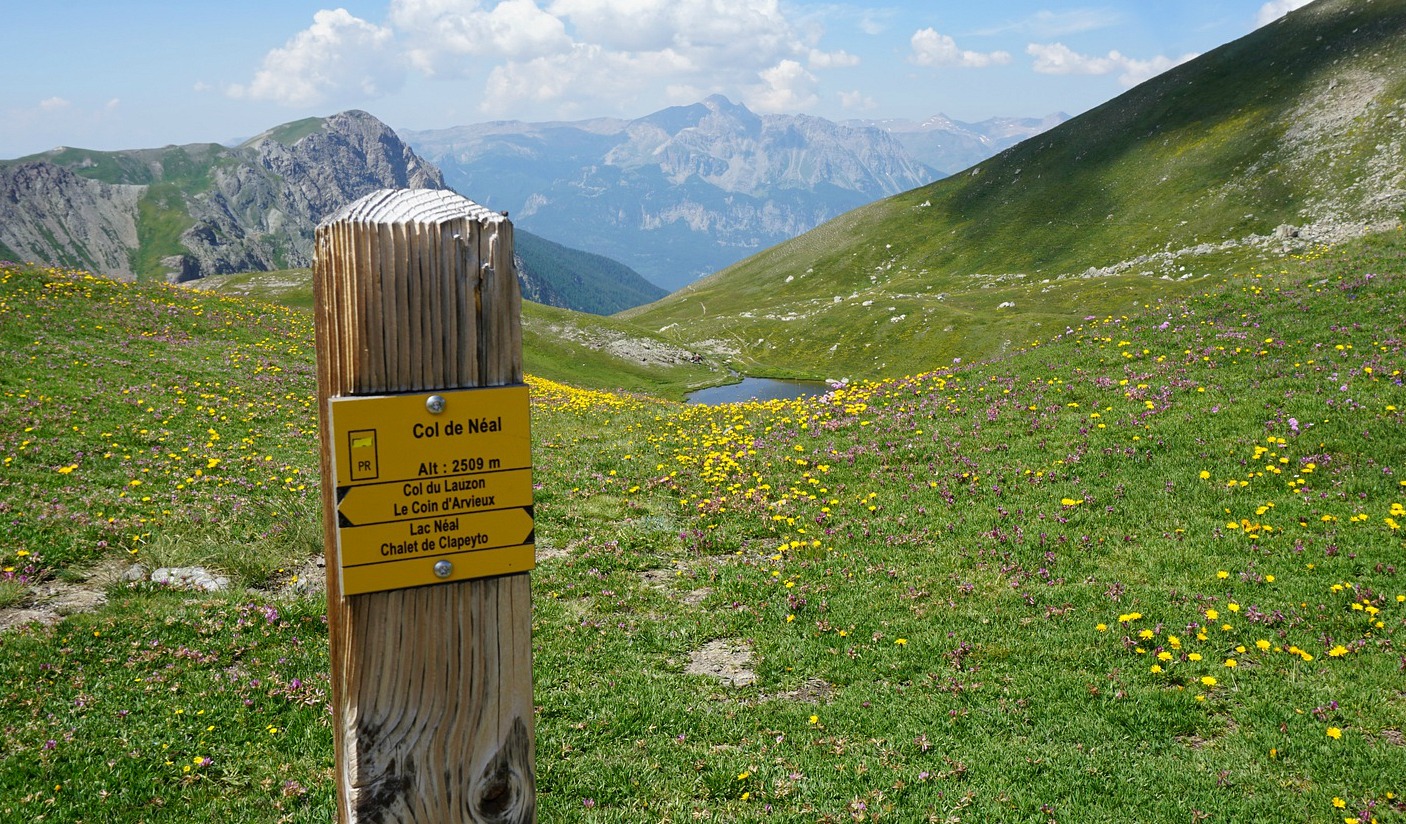


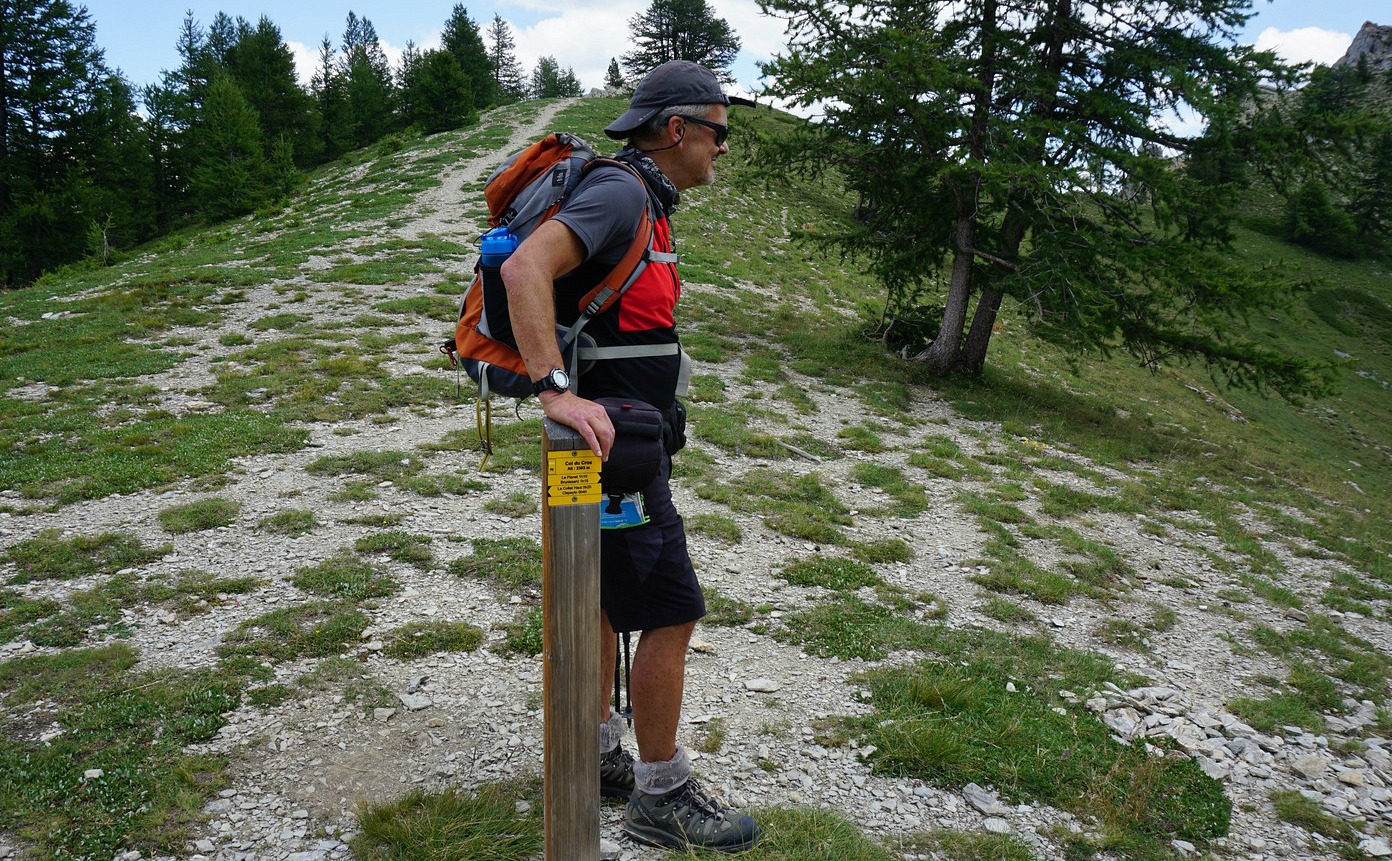




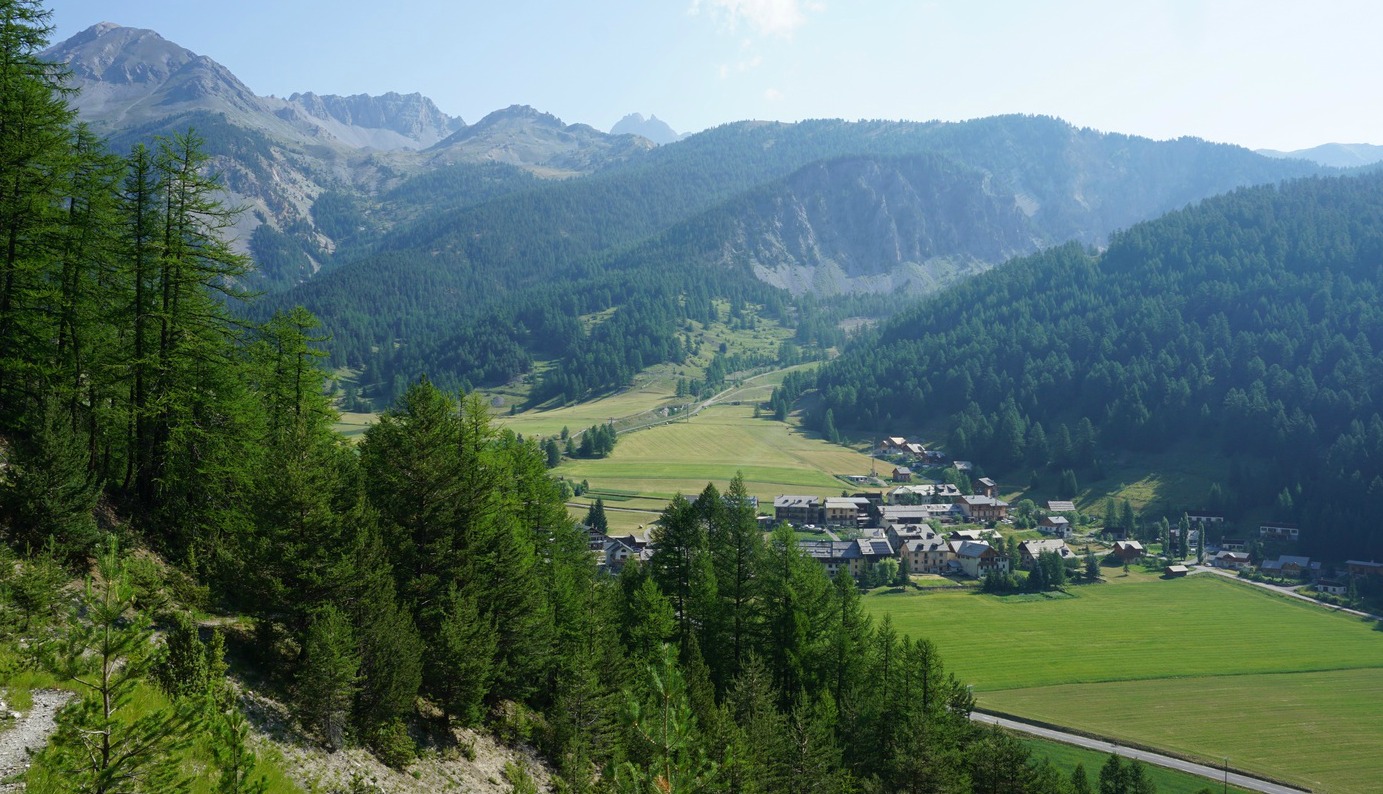
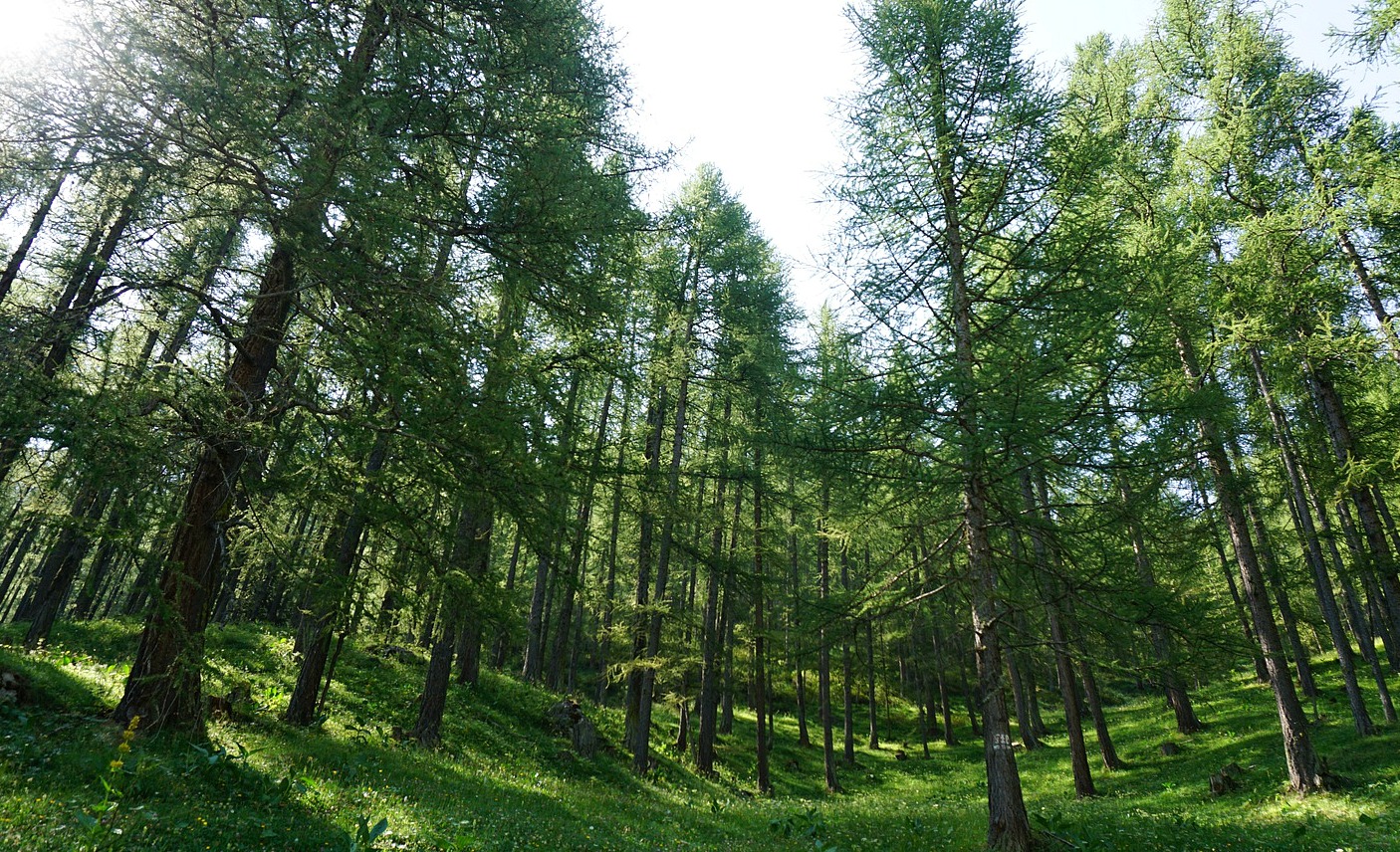
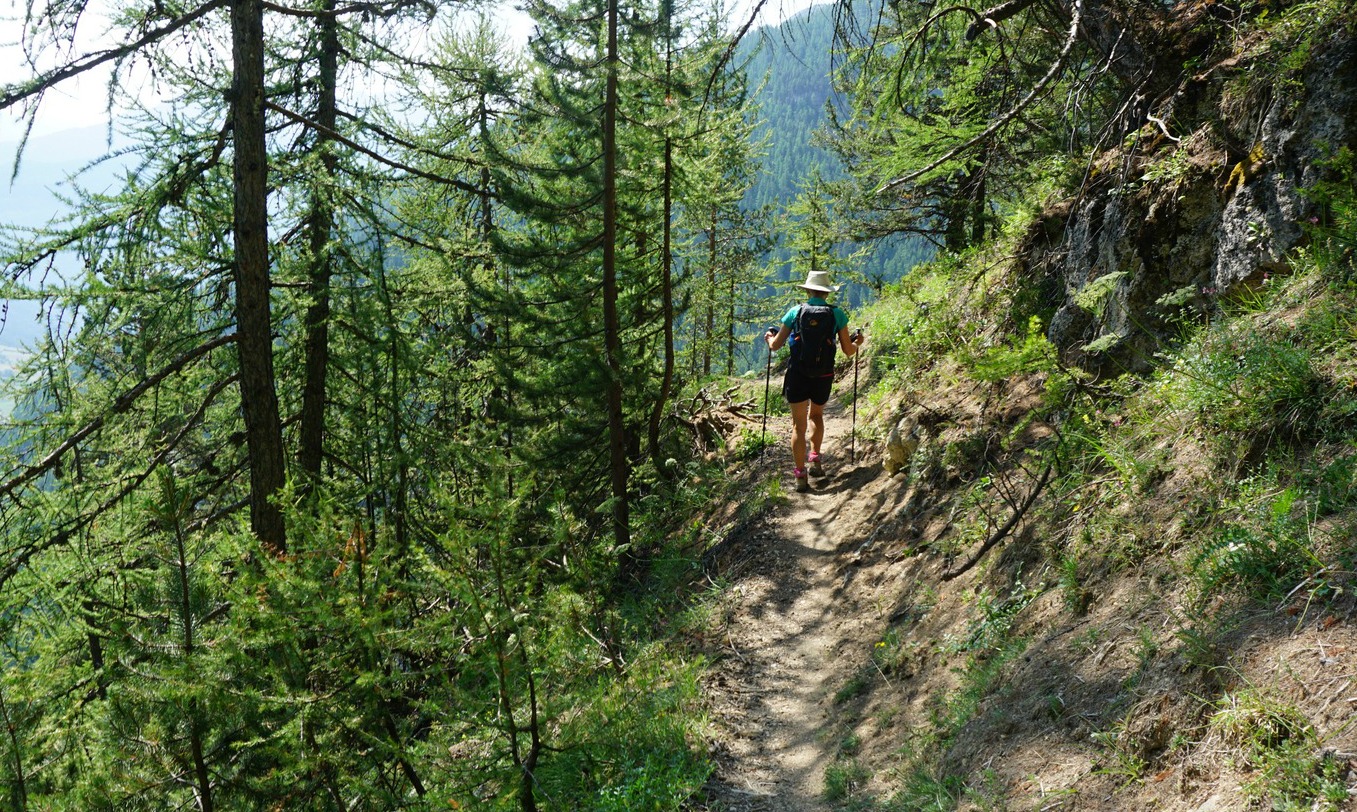









0 comments:
Note: only a member of this blog may post a comment.